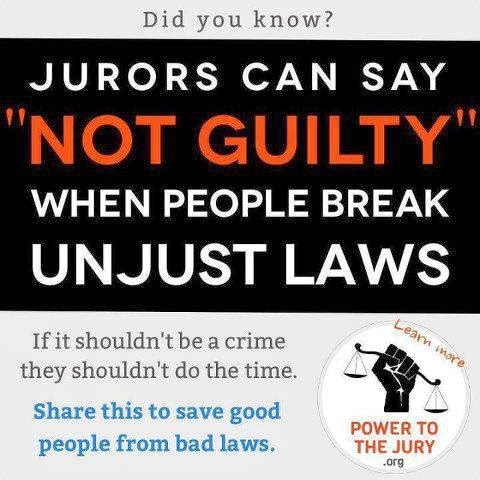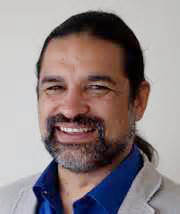Could impact US drug policy
by Germán López
With the Liberal Party’s electoral victory in Canada, the US’s northern neighbors could soon undertake an enormous change in drug policy: marijuana legalization.
The policy was a big part of the Liberals’ campaign: “We will legalize, regulate, and restrict access to marijuana. Canada’s current system of marijuana prohibition does not work. It does not prevent young people from using marijuana and too many Canadians end up with criminal records for possessing small amounts of the drug.”
If marijuana were legalized in Canada, it would be a first among developed nations. In the US, four states and Washington, DC, have legalized pot, but it’s still illegal at the federal level. The only other country to fully legalize marijuana is the tiny developing nation of Uruguay. And although some countries — the Netherlands and Spain, in particular — have relaxed enforcement of their marijuana laws, none in the developed world have outright legalized it.
But this wouldn’t just be an important milestone for Canada and the world; it could also send ripples across the international system of drug policy. That’s because drug policy is tied not just to each country’s individual laws, but to a network of treaties that effectively make the war on drugs a global effort. Marijuana legalization in Canada would act as the most high-profile rejection of these treaties, sending an important signal of the changing times as the international agreements come under a critical review in a special 2016 session of the United Nations.
From the 1960s through the 1980s, much of the world, including the US, signed on to three major international drug policy treaties: the Single Convention on Narcotic Drugs of 1961, the Convention on Psychotropic Drugs of 1971, and the UN Convention against Illicit Traffic in Narcotic Drugs and Psychotropic Substances of 1988. Combined, the treaties require participants to limit and even prohibit the possession, use, trade, and distribution of drugs outside of medical and scientific purposes, and work together to stop international drug trafficking.
There is some debate about whether these treaties stop marijuana decriminalization — when criminal penalties are repealed but civil ones remain in place — and medical marijuana legalization. But one thing the treaties are absolutely clear on is that illicit drugs aren’t to be allowed for recreational use, and certainly not for recreational sales. Yet that’s exactly what the Liberal Party has promised to allow.
(For those curious, the US has remained in accordance of these treaties despite four states’ move to legalize with a clever argument: It’s true four states have legalized pot, but the federal government still considers marijuana illegal, so the nation is still technically in obedience even if a few states are not).
So Canada’s decision to legalize pot — if it comes, and that’s still unsure — would be the most high-profile rebuke of the international treaties since they were signed. Not only is Canada an internationally active, developed nation, but it’s a relatively large country — larger than all the states to have legalized so far and Uruguay combined.
In theory, Canada could face diplomatic backlash if it legalizes pot. But who would lead that effort? The US has been the de facto enforcer of these treaties over the years. But it likely wouldn’t tempt an important ally, and trying to criticize Canada for legalization would only expose America’s hypocrisy for allowing four states and DC to legalize.
Chances are, then, that Canada will be able to legalize marijuana, and potentially do so without any global repercussion. That will send a big signal to other countries — that, at least when it comes to marijuana, these treaties no longer hold the weight they once held. It could, then, expose a huge hole in the treaties, making more nations comfortable with the idea of legalization.
Such a move would come at a very crucial time in international drug policy: In 2016, the UN will hold a special session on the global drug problem. Drug policy reformers have long planned to use the special 2016 session to call on world leaders to change the international drug treaties to clearly allow decriminalization and legalization. Canadian legalization would give these reformers an opening by showing that if the treaties aren’t changed, they will soon be effectively meaningless as countries move ahead with their own reforms, treaties be damned. And such treaty changes could open other countries, including the US, to their own reforms.
Now, it’s possible Canada will ultimately decide not to legalize — the treaties, for instance, could cause the new Liberal government to fear an international backlash and back off. But if Canada does move forward, it will not just change Canadian drug policy, but potentially force a big shift in the international stage.
Marijuana has been legalized in four states and Washington, DC
In 2012, Colorado and Washington state became the first states to vote to legalize marijuana for recreational purposes. Since then, two more states have followed, and Washington, DC, voted to allow possession, growing, and gifting, although sales for recreational use remain banned.
Marijuana legalization is a response to the failures of the war on drugs
The debate over marijuana legalization is just one of the many ways the political landscape is changing as the US comes to terms with drug and criminal justice policies that many experts and Americans consider to have failed at a great cost to the nation’s liberty and finances.
The war on marijuana in particular has cost the US billions of dollars over decades, led to a black market for pot that criminal organizations use to fund violent operations, and contributed to the explosive growth of America’s incarcerated population, which is now the largest in the world. And despite those costs, millions of people still use marijuana — a drug that most Americans view as relatively safe.
A majority of Americans now support legal marijuana
In recent years, support for marijuana legalization reached a tipping point, and a majority of Americans now favor legalization.
According to surveys from Gallup, support for legalization rose from 12 percent in 1970 to 31 percent in 2000 to 51 percent in 2014. A Civic Science poll and the General Social Survey found similar levels of support in 2014.
15 states have decriminalized — but not legalized — marijuana
Fifteen states have moved toward decriminalizing marijuana but not legalizing it — so possession of small amounts of pot no longer carries criminal penalties like prison time, but possession of larger amounts and trafficking remain criminally illegal.
Decriminalization laws vary from state to state. Some states attach fines to small amounts of marijuana, while others attach brief jail time. And whether a small amount of pot means 10 or 100 grams depends on the state’s laws. (In comparison, a marijuana joint weighs about half a gram).
Marijuana is legal for medical purposes in 23 states
Twenty-three states and Washington, DC, allow marijuana for medical purposes, although their approaches can significantly differ.
Some, like California, allow medical marijuana dispensaries and home cultivation. Others, such as Alaska, only allow home cultivation. And a few, such as Delaware, allow dispensaries but not home cultivation.
Marijuana is illegal under federal law even in states that legalize it
Even as several states and Washington, DC, allow marijuana, the federal government still strictly prohibits pot — although the Obama administration has told federal agencies to not intervene with states’ legalization laws.
Marijuana is a relatively safe drug — with some risks
There are no documented examples of deaths from marijuana overdose, but that doesn’t mean it’s harmless.
“The main risk of cannabis is losing control of your cannabis intake,” Mark Kleiman, a drug policy expert at New York University’s Marron Institute, said. “That’s going to have consequences in terms of the amount of time you spend not fully functional. When that’s hours per day times years, that’s bad”.










